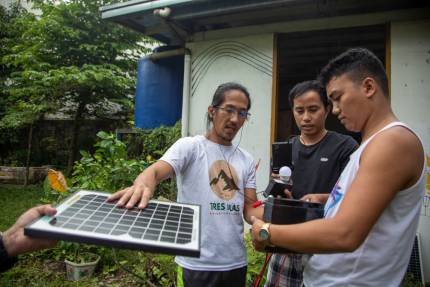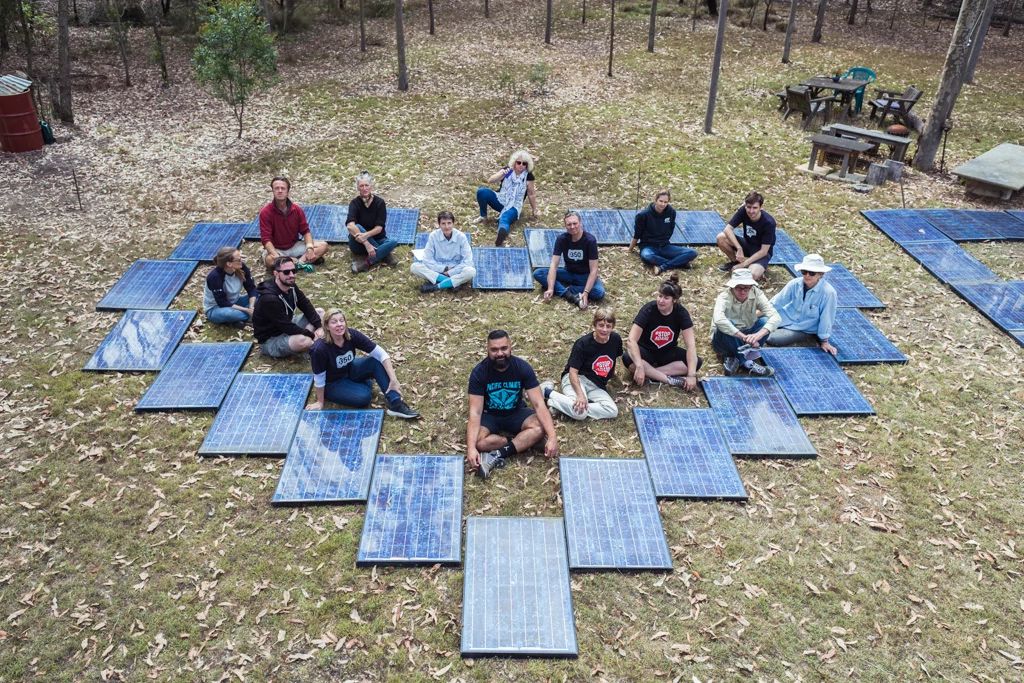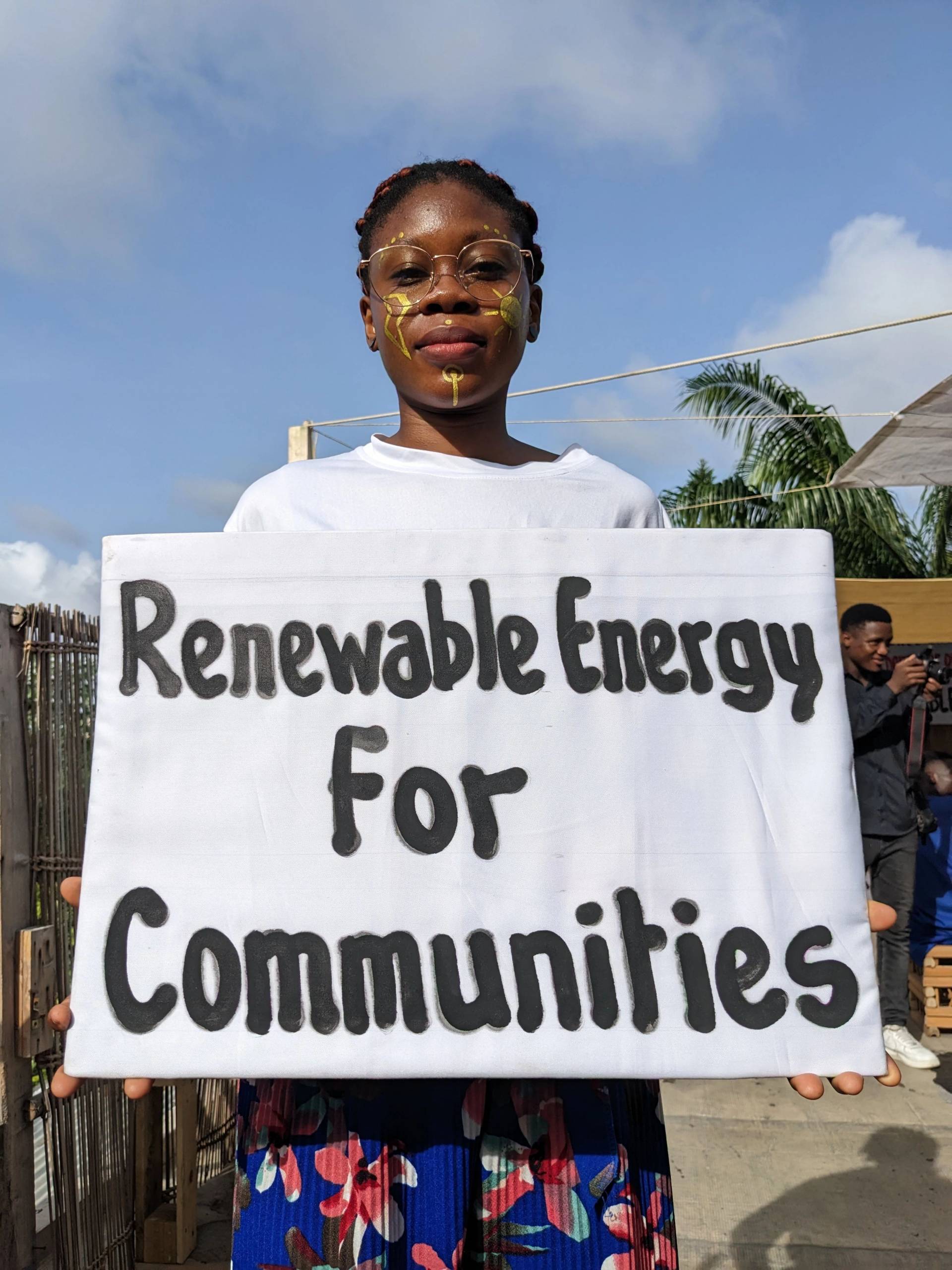
At 350, we want a world where renewable energy sources save our climate by completely replacing fossil fuels, and we want it now! But do you know HOW we want it? We want a world where renewable energy sources save our climate by completely replacing fossil fuels, and we want it now! But clean energy alone isn’t enough: we believe community-centred renewable energy projects are key to solving the climate crisis.
And how does that look? Here’s where the plot thickens, because communities and their needs are different across the world. You’ll see us use different terms to talk about the world we want. Here’s a quick guide so you don’t lose your way between communities!
Community-centred (also community-based or community-focused) energy projects
At 350.org, we believe that community-centred renewable energy projects are the model that will bring us closer to climate justice. They deliberately and meaningfully involve communities, either by local people owning the means for generating the energy or by them benefiting directly from its production. This is also the widest term that you’ll read from us. Community-centred projects encompass community-owned and community-led initiatives, both of which are desirable.
Projects that are not directly owned or led by communities can be considered community-centred if they meet a minimum threshold to ensure that they do no harm and bring a net benefit to communities. One good example is this project, completed by the Renewable Energy and Energy Efficiency Partnership (REEEP), which provides around 100 MWh to two rural villages in Vietnam by promoting sustainable business models to provide energy to sparsely populated remote areas.
Another interesting project is CHOICES, an operation led by the International Institute for Environment and Development (IIED) working in the South African province of Eastern Cape. While this project doesn’t directly provide energy to communities, they are working to train local groups so they can identify and seize energy sources that benefit their communities. This is not only in terms of energy access but also of jobs and the right to a healthy and safe climate and environment.
We will always push and support the best possible type of project in each circumstance.

Solar panels action after Cyclone Pam, a weather event of extreme proportions, wiped out Vanuatu’s infrastructure in 2015
Community-led energy projects
A community-led project is one in which the decision-making involves the affected community significantly. “Significant” is the operative word: we don’t support projects that rely on tokenism, non-binding consultations or other similar strategies that deprive communities of their rights. And, of course, we don’t want a model in which a community is a mere client of a company, a state, or any other outsider organization.
Examples of community-led clean energy projects encompass both processes and initiatives launched by the communities themselves, as well as meaningful and fully informed consultation processes that lead to results driven by communities’ needs and wishes. Community-led projects, however, might negatively impact other communities or the climate itself, and part of the challenge of the transition is digging into this nuance.
Finally, community-led projects are only community-centred if they do no further harm to the climate or other communities.
One good example of a community-led project is this initiative in Tacloban (Philippines). Residents took to work to increase local energy resilience and self-reliance in the face of climate impacts. Nine years after Typhoon Haiyan hit the city, the community has gotten training through the Solar Scholars project, and built seven portable solar panels. These panels, known as TekPaks, provide light and emergency electricity and can be used to charge electronic devices or power medical instruments during blackouts.
Community-owned energy projects
A community-owned project is one possible model. In this model, the community not only participates in the decision-making process, but actually owns part or all of the project, and reaps the consequent benefits. It’s important to note that the ownership here needs to be truly communal, through models like co-ops or other socially distributed, accessible and equitable structures.
Communities in many parts of the world are already gaining ownership of their means of producing energy. One good example is Brixton Energy, a non-profit co-operative working in the neighbourhood of Brixton (South London, UK). The co-op has already set up more than 100,000 KW of solar power on the roofs of three neighbourhood estates, and sets aside part of the revenue for a Community Energy Efficiency Fund.
And that’s not all the good news! Energy co-ops like Brixton Energy are gaining traction all over Europe. More than 1,250,000 citizens already own their energy!
Community-owned projects do not only happen in Europe, though! In Brazil, farming women have organised to provide themselves with energy and other resources, such as water management systems.
As the global clean energy transition picks up momentum — despite the efforts of the fossil fuel industry — learning more about concepts like community-centred renewable energy and its sub-categories will help us ensure the transition is fair and fast. These definitions may evolve as more and more projects take shape in the world, and we’ll update this blog accordingly.
If you’d like to learn more about the fight for fast, just, community-centred renewable energy in your country, go here for ways to get informed and involved!

A woman demanding community-centred renewable energy during Africa Day 2023 in Benin
The post Community-Centred Energy: A Roadmap for Renewable Energy Transition appeared first on 350.


0 Commentaires